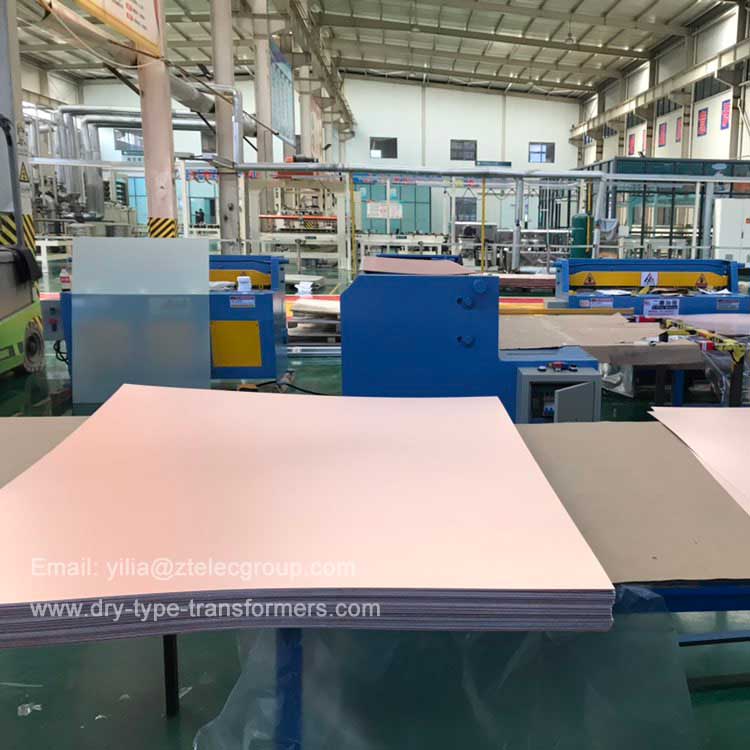Different PCB Substrate Types
PCB Substrates are specialized materials that do not conduct electric currents.For this purpose, they serve as a laminated electrical insulator between circuitry,An electrical insulator is a material whose internal Electric charge do not flow freely, and which therefore does not conduct an under the influence of an Each layer of circuitry, consequently, is connected through plated through holes to connect traces on opposite layers.
Substrates can be classified into five types, each having a unique set of characteristics for specific applications.

FR-1
This lower grade of substrate is a made of impregnated paper, also called Phenolic, that is easy to machine over a fiberglass material substrate. The “FR” refers to the term Flame Resistant. This type of substrate is usually found on more inexpensive consumer electronics.
FR-4
Fiberglass substrates are made up of a woven fiberglass material and impregnated with a flame resistant material. The material is rigid and can also be drilled cut or machined but due to the abrasive nature of the fiberglass, tungsten carbide tools are needed. An FR-4 is a stronger substrate compared to an FR-2 and is more resistant to cracking or breaking and are usually found in higher end electronics.